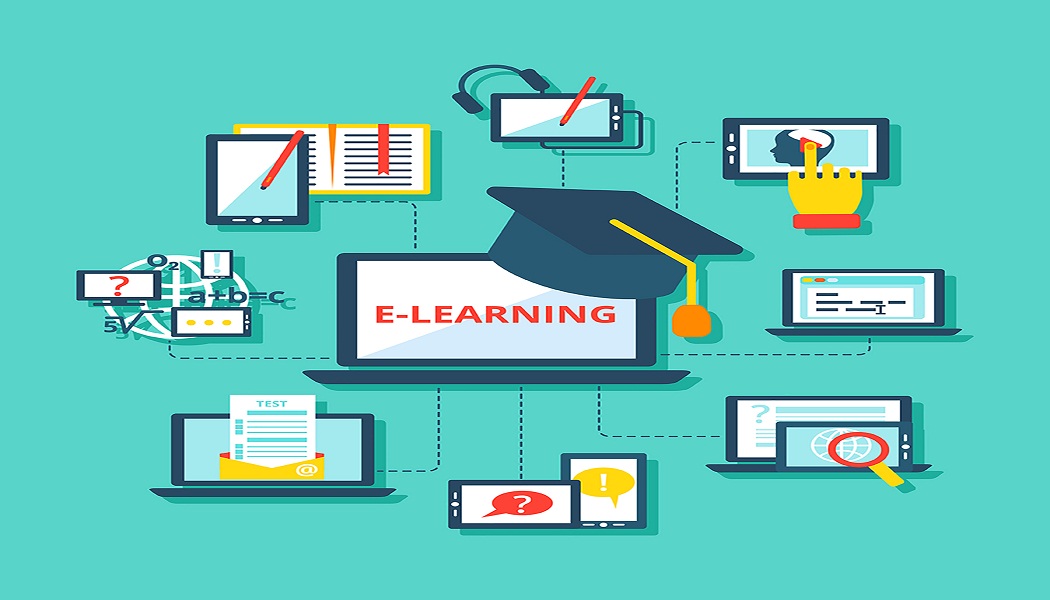How to Create an eLearning Module Easily

All elearning content development companies follow a development process which works best for them. Usually, the process they follow is a slight twist of the actual process which works best for the company. This is especially true of any of the small scale elearning content development companies in the world. However, to turn from this small set up into one of the top elearning content development companies, one needs to conform to the letter on the crucial phases of content development as each process has its cause and effect.
There are seven basic steps to any content development plan:
-
Analysis: This phase allows you to analyse the learning content in terms of the objectives of the final learning and the profiles of the people who are being targeted. This is an important step where close attention needs to be paid on the kind of task to be accomplished with a proper instructional strategy that will present the content in the best manner.
-
Create an IDD: The Instructional Design Document or IDD is the high quality plan that chalks out the entire approach from the instructional point of view including scenarios, characters and backgrounds and how the problems will be solved. This document handles all of this by breaking down the content into chunks as courses or modules or screens. Each of these chunks of content then have all of their visual and instructional materials added so that the graphics people have a clear view of the work and how they may take it ahead.
-
Writing the script: This stage deals with providing content specific to each module or screen as per the finalised modules and divided chunks of matter. Usually scripting is done in a word document but sometimes even in a PowerPoint presentation incase the content is less.
-
Develop a Prototype: This step is often ignored in most of the elearning companies as they think it will save them time. But at this stage a lot of rewriting, revisions, etc. are undertaken. The content on screen and audio are finalised here as well as the interactivities that need to be applied, the images, animation styles, colour schemes, et al. are finalised during this stage. The prototype is also tested on a live content management system to ensure that all of the teams are on the same page. Any of the top elearning companies know the relevance of this stage and keep it sacrosanct.
-
Develop the material without audio: This part includes checking the audio separately and allowing for changes to content and narration to be applied easily to both the content and the recorded audio separately. Again, many smaller elearning companies skip this stage and provide the final step with the audio integrated to the course which is a recipe for disaster. Though sometimes due to sheer luck they sail through. Avoid it if you want to reduce rework.
